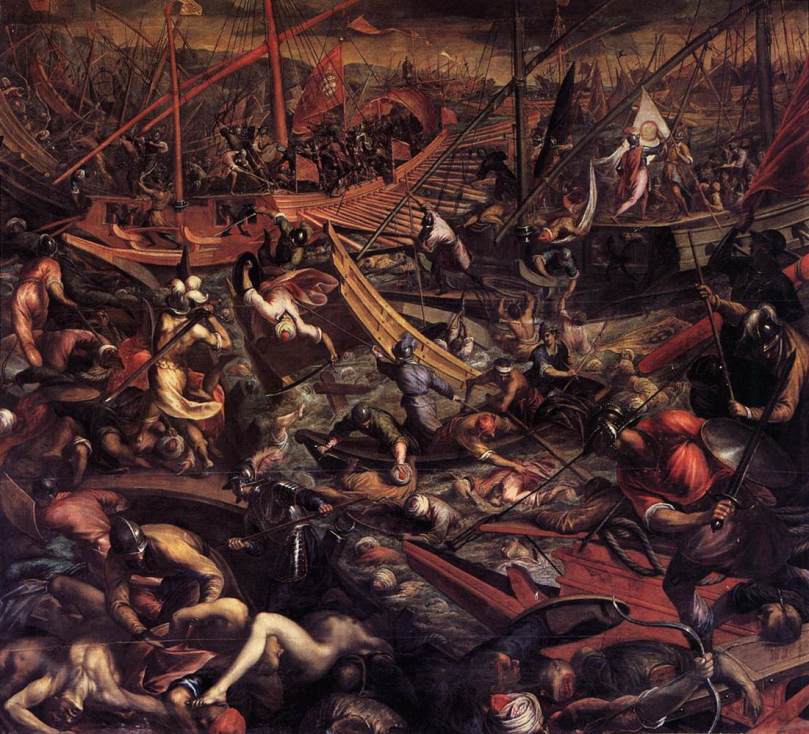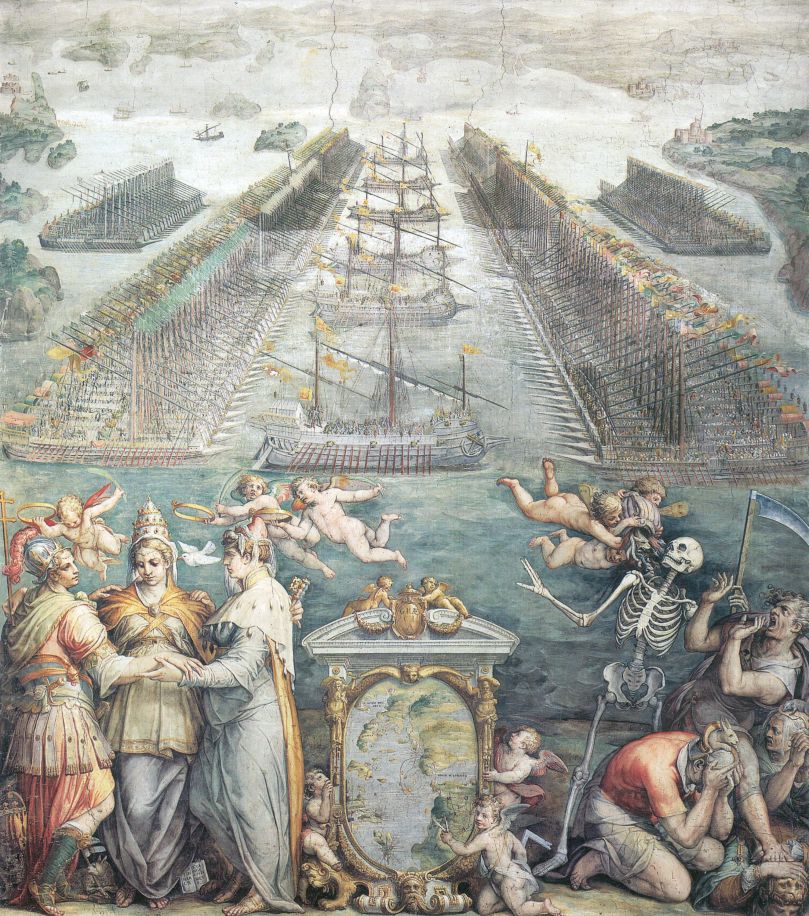“This brilliant and moving book revives the story of Antigone to confront the horrifying violence shrouded within the present landscape – Antigone, a solitary figure before the law, facing certain death, who invokes a way of resistance at once textual and political. Sophocles’ play resonates throughout this act of poetic testimony and fierce interpretation, making emphatic graphic marks precisely where there is no trace of loss.”
–Judith Butler
Well, you can’t go wrong when you’ve got a good review from Judith Butler! The book, “Antigona Gonzales” was the inspiration for UCSD Dance major,undergraduate (and recently admitted M.I.T. PhD student), Claudia Varela. Varela is from Mexico, and although she does not have direct experience with the Mexican cartels that plague the land, she is affected. Her work tends to position Ballet Folklorico into a political paradigm, using subtle choreographic shifts, like repetition, imagery, costuming and music. The piece was titled “A Knit of Identity”, and I had the pleasure of being the dramaturg for it! The performance went up on May 13th and 14th at the Wagner Dance building, UCSD.
In Varela’s own words:
“Constrained || Disgusted || & Proud” reflects upon what encourages/discourages one to leave/stay in Mexico and explores the various perspectives that an immigration experience encompasses. This work investigate how a transition of this nature can allow for pride, oppression and disgust to coexist”
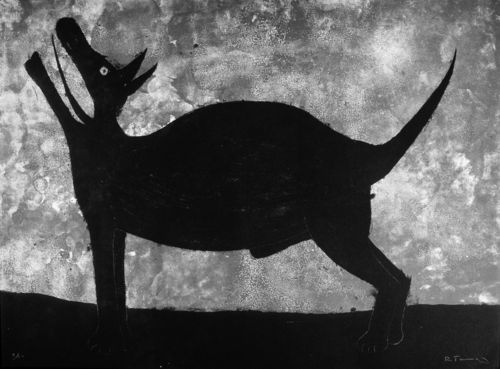
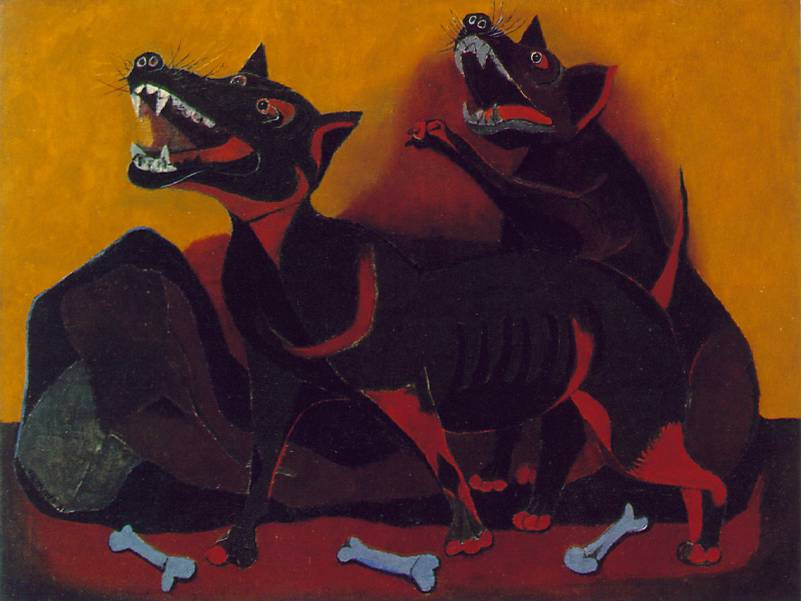

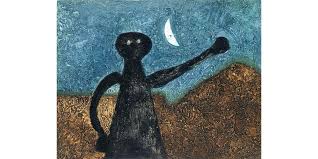
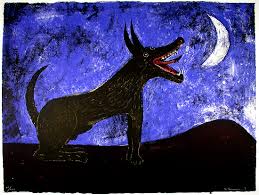

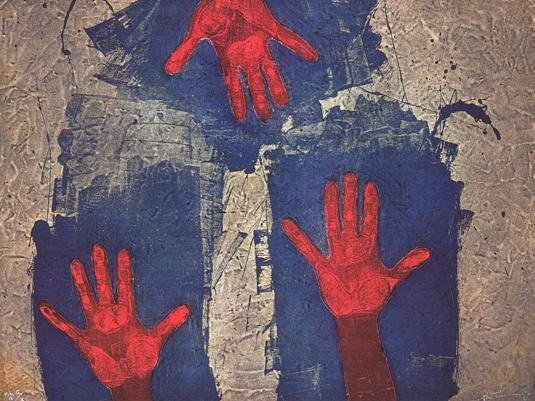
A Casebook
Above are some of the images I utilized for the casebook I made for Varela and her dancers. The paintings are all by one of my favorite Mexican painter, Ruffino Tamayo. I used his images as a resource for the world that Claudia crafted. I also included three versions of Antigone in the Casebook. Those included Sophocles Antigone, Brecht’s Antigone, Jean Anouilth’s version, and Marianne McDonald’s “The Living Art of Greek Tragedy”. Obviously, the main text was Antigona Gonzalez by Sara Uribe.
Our First Meeting
Upon our first initial meeting, at the 64 Degree coffee shop, Claudia had questions.
Why leave and why stay, in regards to borders, both real and imagined?
How to use the texts from the book, Antigona Gonzalez?
How to refer to these texts in a live performance?
Should these texts be spoken, recorded and played or projected?
Which language should these texts be featured in, Spanish or English?
Antígona González is the story of the search for a body, a specific body, one of the thousands of bodies lost in the war against drug trafficking that began more than a decade ago in Mexico. A woman, Antígona González, attempts to narrate the disappearance of Tadeo, her elder brother. She searches for her brother among the dead. San Fernando, Tamaulipas, appears to be the end of her search.
We parted with the agreement that my job as her dramaturg was to defamiliarize material by asking questions
Rehearsal Notes
April 21st and April 28th
How can the dancers actually trust each other when falling in the trust fall?
What is the Genealogy of Antigone? Are dancers representing specific characters? Or all they the same person?
Could the use of repetition be more evident? What does repetition do for this work?
April 5th
I had been researching some work by Guillermo Gomez Pena. In his workshops, he uses the following exercise:
The dancers walked on the grid in the dark while I posed the following questions…
- which border did you cross today
- what issues where you obsessing about today/
- is your identity fixed or mobile
- when you hear the word community, how many people are in it?
- Which metaphors did you use today to describe your place?
Of course, I took some creative liberties. I had them do this in the dark room. It was in the middle of rehearsal, with permission from Claudia, of course.
Then they ran the piece again.
What is the wall? What are the dancers doing at the wall? What does it mean to them personally?What does the rolling mean after the melt down at the wall? How do the dancers get back up?(This refers to a section that was at the end of the piece, which the dancers ran up to an imaginary wall and were slowly stricken done by it)
How do the smiles operate or perform in the face of colonialism? How do they perform in the environment at UCSD? (This was in relation to a Faux Ballet Folklorico part of the dance. It was a bit eerie, because the smiles on the performers were so sweet, and yet the subject matter of the drug cartel and Antigone were so dark)
What does it mean to have one dancer who is white? Why does she just appear in one solo and what does this mean in the world of Antigone?What are the dancers doing during her solo? What should we be noticing?(a wonderful dancer, Miranda had a solo in this work. She was not really incorporated into the piece, along with the Mexican cast. I had questions about this)
When do the dancers look at each other? When do you and Isa look at each other in your duet?
What are the dancers seeing in the space?
Linda Queried, how to rupture the lyrical quality of the music
Can the direction be changed at the end phrase?
May 10th
What is the function of the arms behind in terms of the piece?
Which way to face at the end of lingo querido, I think the front
Can the dancers reverse engineer to get up from the floor?
The question of shoes, what do they mean?
How do the shoes relate to Antigone?
What does it mean that they are all leading now, vs. just Isa leading them during National Anthem?
what are the dancers seeing? can they see beyond the walls of the studio? Can they gaze into preset/past/ future?
Beanies? What do they mean as far as costume choices.
When should they smile?
great transition from folk to duet!
What does the back to back roll with Isa accomplish?
how do you relate to the diagonal for ISA?Caludia?
could the walk be slower going to the sides during solo?
It’s not together when you all come back in, is that okay? it’s more like a canon.
Can the first touch be sensitive? Then surprise us with the push down.
Great design with the outside melting down looks like a bow
lower runs back in forth like drills.
can there be more at stake during the trust falls?
What does it mean for each one to lead?
travel?
can it continue in the dark? the stomping?
What does it mean then Isa comes out during folk?
nudge on the elbow for more human? Isa Claudia
miranda red dress and the lights!
hands up fall keep space!!
stillness?
what happens after hands behind back?
national anthem?

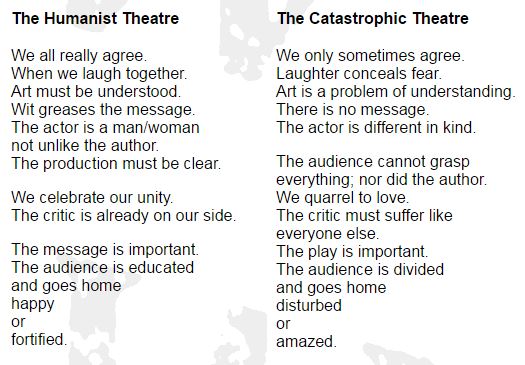
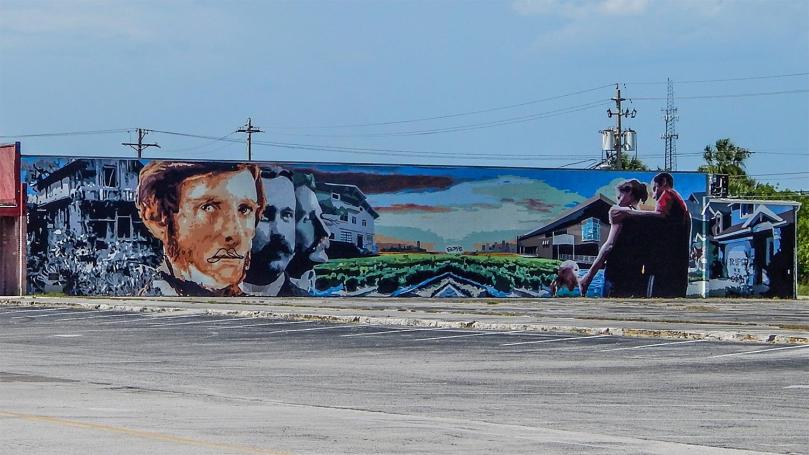

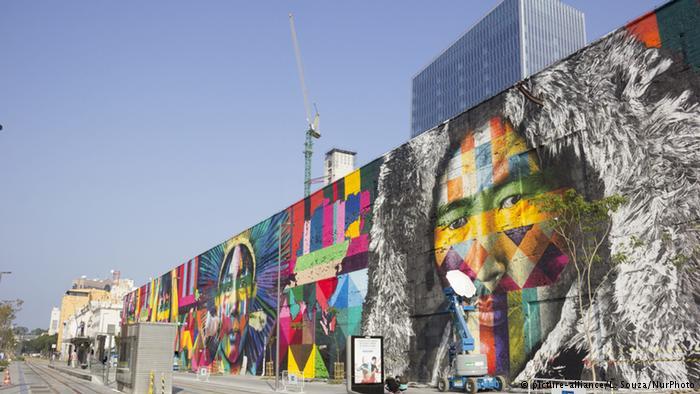
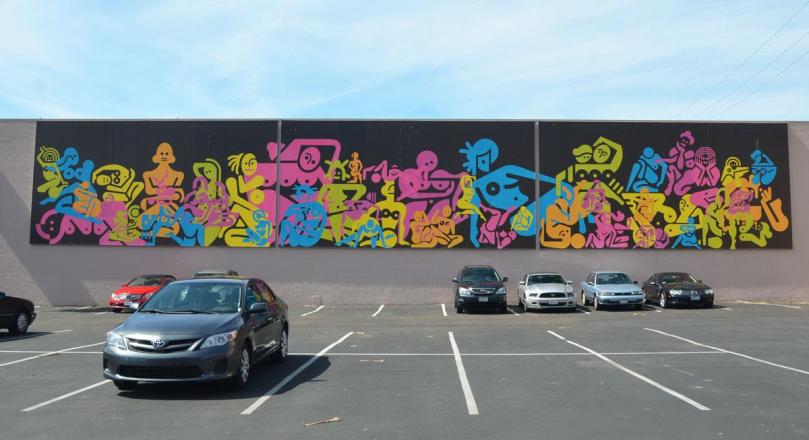
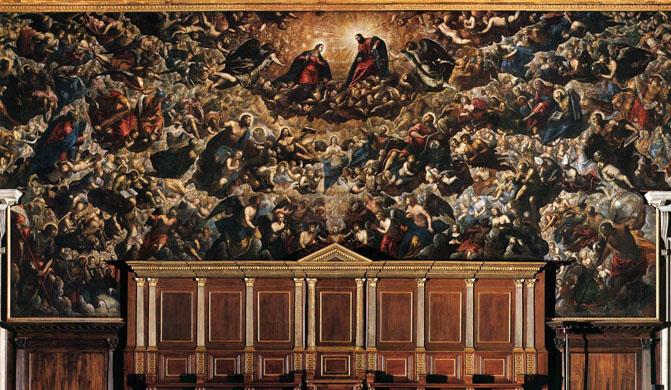
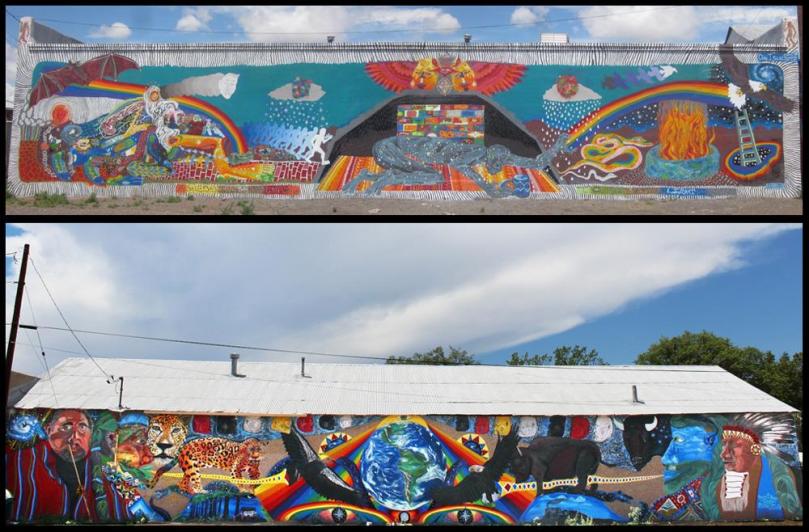






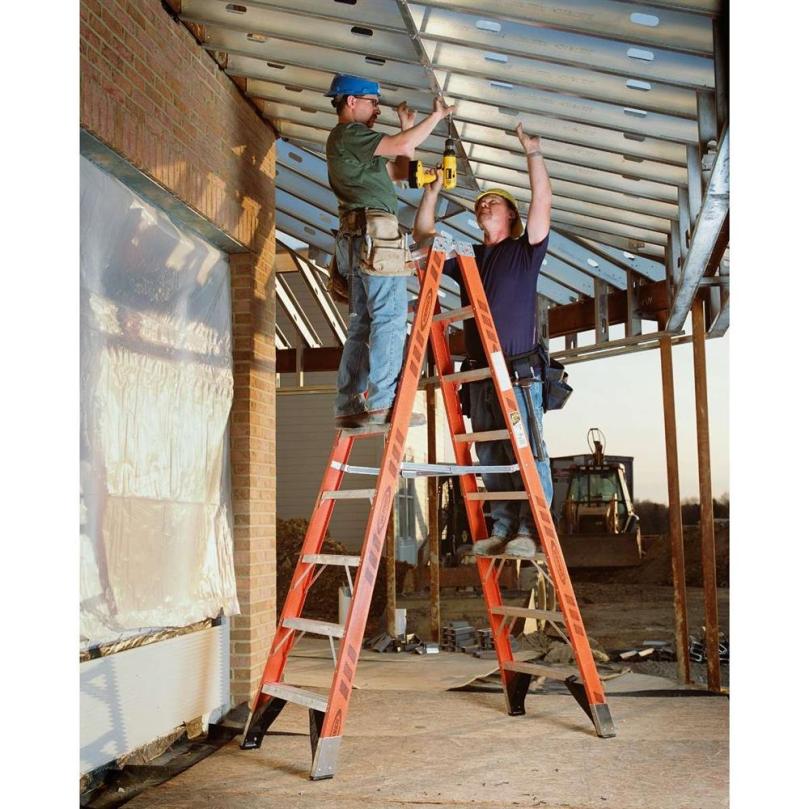



-1605-06-large.jpg)



-large.jpg)

